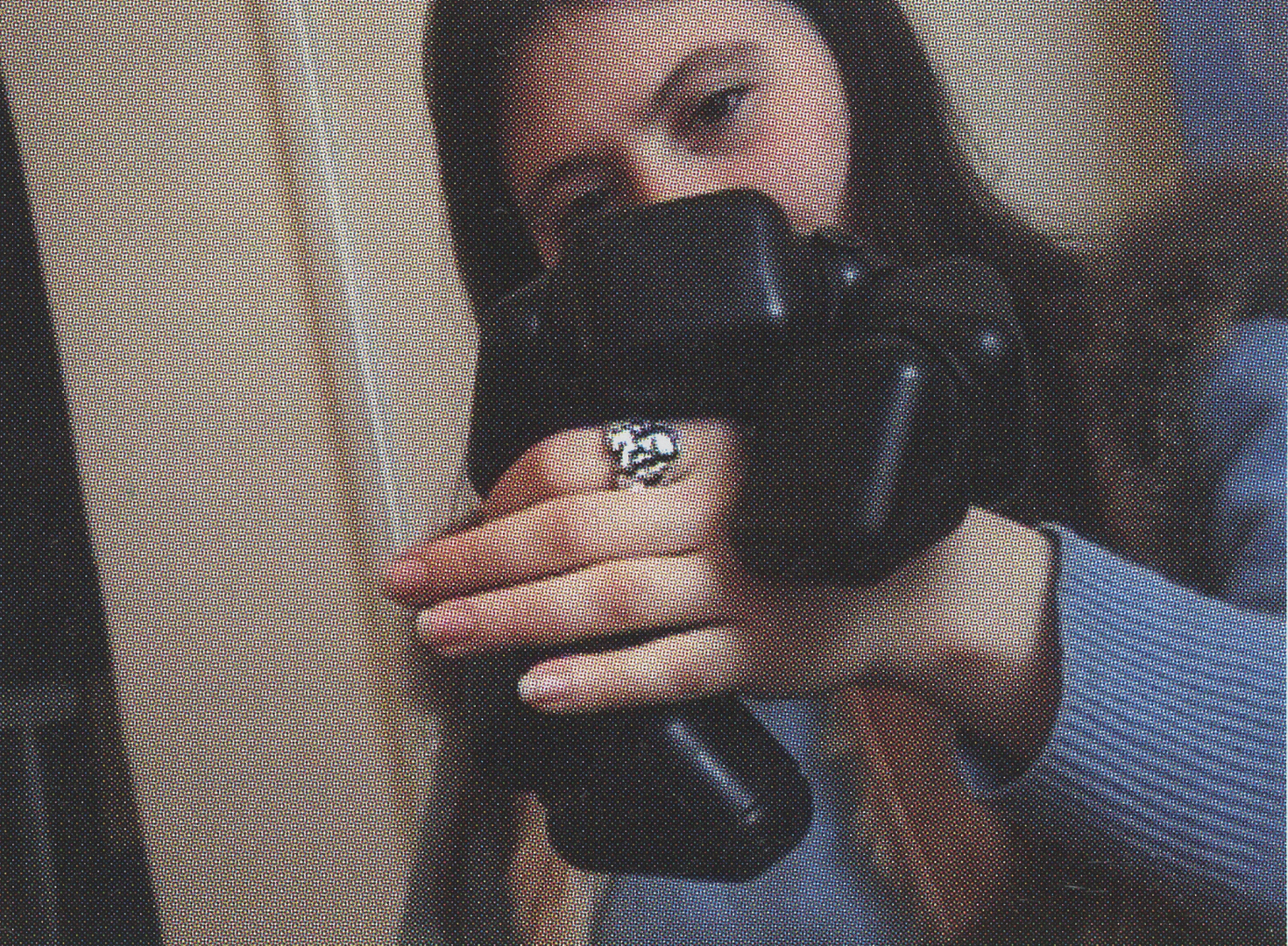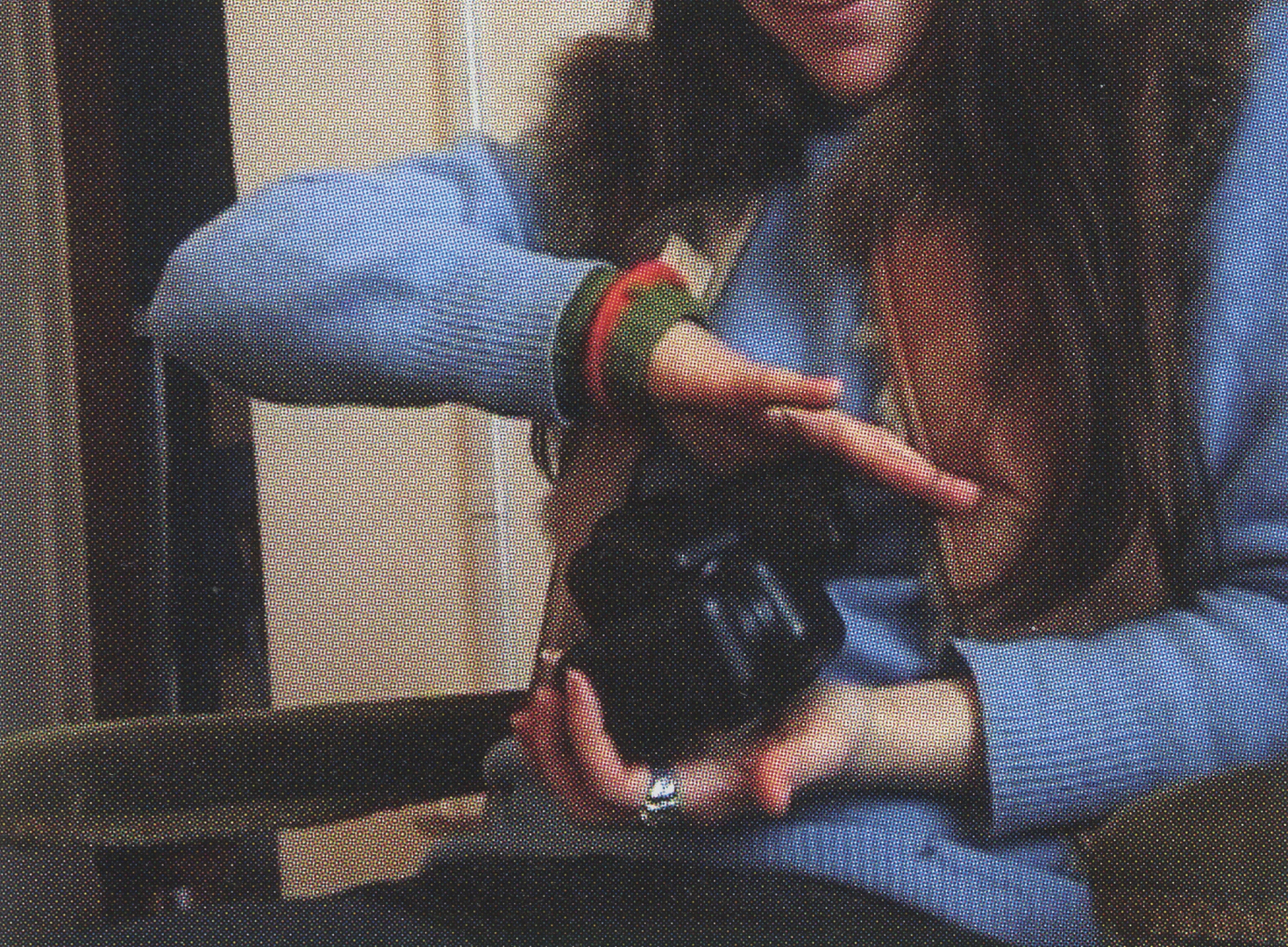Nicholas Stedman: ADB
Artist(s):
Title:
- ADB
Exhibition:
Creation Year:
- 2008
Category:
Artist Statement:
ADB is a snake-like, modular robot designed for haptic interactions with people, writhing, wriggling, twisting, and squeezing in response to how it is held and touched. It can be used to explore intimate and emotional relationships with technology through direct physical contact. ADB adapts to and reciprocates the energy one puts into it through one’s body. When touched, it comes to life. When stroked, it seeks more of you. When harmed, it defends.
ADB is composed of a series of identical modules that are connected by mechanical joints. Each module contains a servo motor, a variety of sensors, including capacitive touch sensors, a rotary encoder, and a current sensor to provide information about the relationship to a person’s body. The electronics are enclosed within plastic shells fabricated on 30 printers.
For the past decade, Stedman has been designing and fabricating machines, combining ideas and techniques drawn from both visual arts and engineering. He relates closely to the practices of “Device Art” and “Making.” Much of his work involves writing software, designing mechanisms and electronic circuits, and working with materials, while at the same time exploring the social, environmental, economic, and civic impact of technologies-those he produces and those he employs.
In particular, Stedman’s artwork pertains to embodied communication and social robotics. He makes robots that engage people in non-linguistic, haptic interactions. By eliminating symbolic communication such as language or even gesture, and focusing instead on direct bodily engagement, the objective is to stimulate sensations, and perhaps emotions, in human participants. The aesthetic experience is comprised of the tangible feelings which the machine produces through physical interaction, as well as the ideas and associations that are evoked through the unusual experience of engaging in a sensual relationship with an artificial entity.
The robots are composed of assemblies of haptic-expression modules which, like pixels, can be coordinated to render a representation, in this case through kinetic deformation against a person’s body. The modules are built from a variety of sensors, motors, and other electronic and mechanical components, all enclosed within CNC fabricated shells, which protect the technology and determine the outward appearance. A wide variety of control programs are possible with such architecture, and the modules are designed to be easily reprogrammed in order to support explorations in software. While Stedman is most interested in decentralized machine learning techniques (including genetic algorithms and artificial neural nets), the control software he uses is that which affords the desired behavior with some economy.







